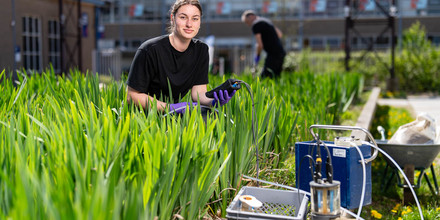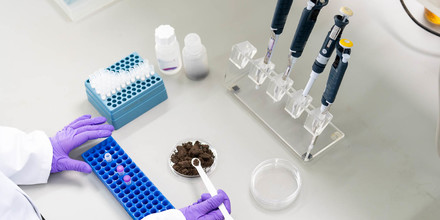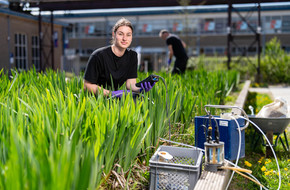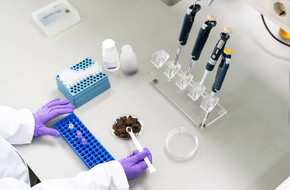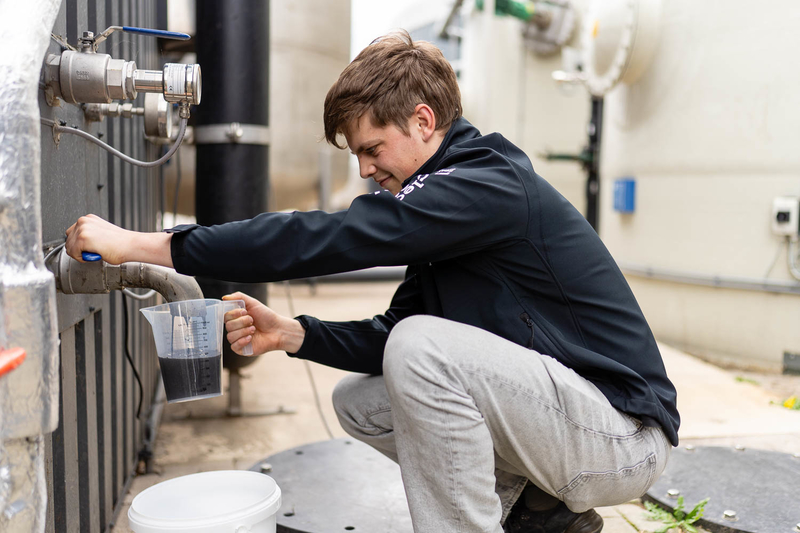Bioclear earth: digestate expertise
We offer specialised services in digestate production, quality and application. By mapping the properties of digestate, we can advise on how to further optimise the digestate itself, as well as the digestion process. We use field research to answer questions about digestate, fertiliser and soil health. For example, a recent study we conducted showed that digestate from cattle manure has a positive effect on the fungus Trichoderma, which is known for its disease-fighting and plant growth-promoting properties.
For entrepreneurs:We help digestate producers and buyers by mapping the properties of digestate. Through chemical analysis, we provide insight into relevant parameters such as: presence of macro- and micro-nutrients; mineralisation of nitrogen; chemical status of phosphate; carbon-nitrogen ratio; amounts of organic matter; dissolved organic matter; humic compounds and effective organic matter; energy content; residual gas potential; chemical and biological oxygen utilisation. We calculate the digestion efficiency of your installation on the basis of the digestate and biogas production. We can also map the biological properties of the digestate through microbiome analysis. Based on the complete insight gained from these analyses, we advise on digestate utilisation and on optimising digestion processes to further improve digestate quality.
For governments:We can help governments answer questions about digestate, fertiliser and soil health. We do this by conducting field research on the effects of different types of manure and digestate on soil biology, soil chemistry and crop yield.


